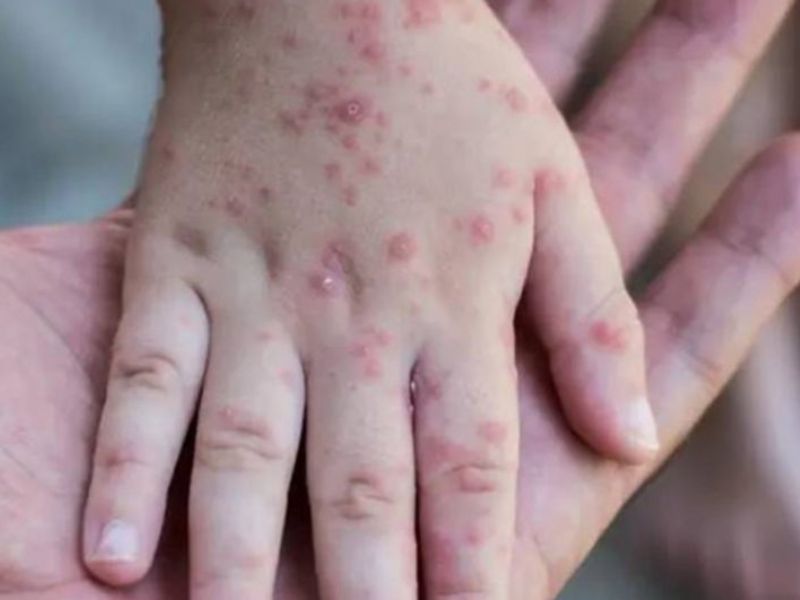Reshma Ravishanker
For several weeks now, the spread of Monkeypox, a viral infection that was typically limited to African nations to other nations, has caused concern with children falling in the vulnerable group of this self-limiting disease.
The World Health Organisation’s Director-General, Tedros Adhanom Ghebreyesus on Wednesday confirmed that 29 countries where Monkeypox virus does not usually circulate, had reported cases, setting alarm bells ringing in other countries.
Addressing the media, Tredos said that the sudden unforeseen spurt in cases could be indicative of the fact that there has been undetected transmission to the non-endemic countries for some time now.
In an official communication, The World Health Organisation has communicated that children are among the vulnerable group. “The risk of #monkeypox becoming established in non-endemic countries is real. WHO is particularly concerned about the risks of this virus for vulnerable groups including children and pregnant women,” said Tredos.
In India, the Ministry of Health and Family Welfare (MHFW) also released guidelines on the management of the diseases earlier last week and panic was induced by a suspected case from Ghaziabad who subsequently tested negative.
Explaining why children are more susceptible, Dr Kavita Singh, Director South Asia, Drugs for Neglected Diseases Initiative, Geneva says, “Children are more at risk of contracting Monkeypox as they are not vaccinated for smallpox. Whereas, for adults/senior citizens, the risk of Monkeypox would be very less.”
What is Monkeypox?
The MHFW describes Monkeypox as a self-limited disease with symptoms lasting from two to four weeks. They warn that severe cases occur more commonly among children and depend on the extent of virus exposure, patient health status and nature of complications.
The case fatality ratio of monkeypox ranges from 0 to 11% among healthy adults and at around 3-6% in children.
Symptoms to look out for:
- The incubation period (interval from infection to onset of symptoms) is known to be 6 to 13 days but can range from 5 to 21 days as well.
- Swelling in the lymph nodes
- Rashes originating from face spreading to arms, legs, palms, and soles (generally aggravates in 24 hours)
- Headache
- Fever
- Sore throat and cough
- Body aches
- Fatigue
- Profound weakness
Management and care:
- Isolate symptomatic cases
- Ensure to cover skin lesions/rashes with full sleeve cotton cloth
- Patient must wear triple layer mask
- Rehydration therapy and Nutritional support
























